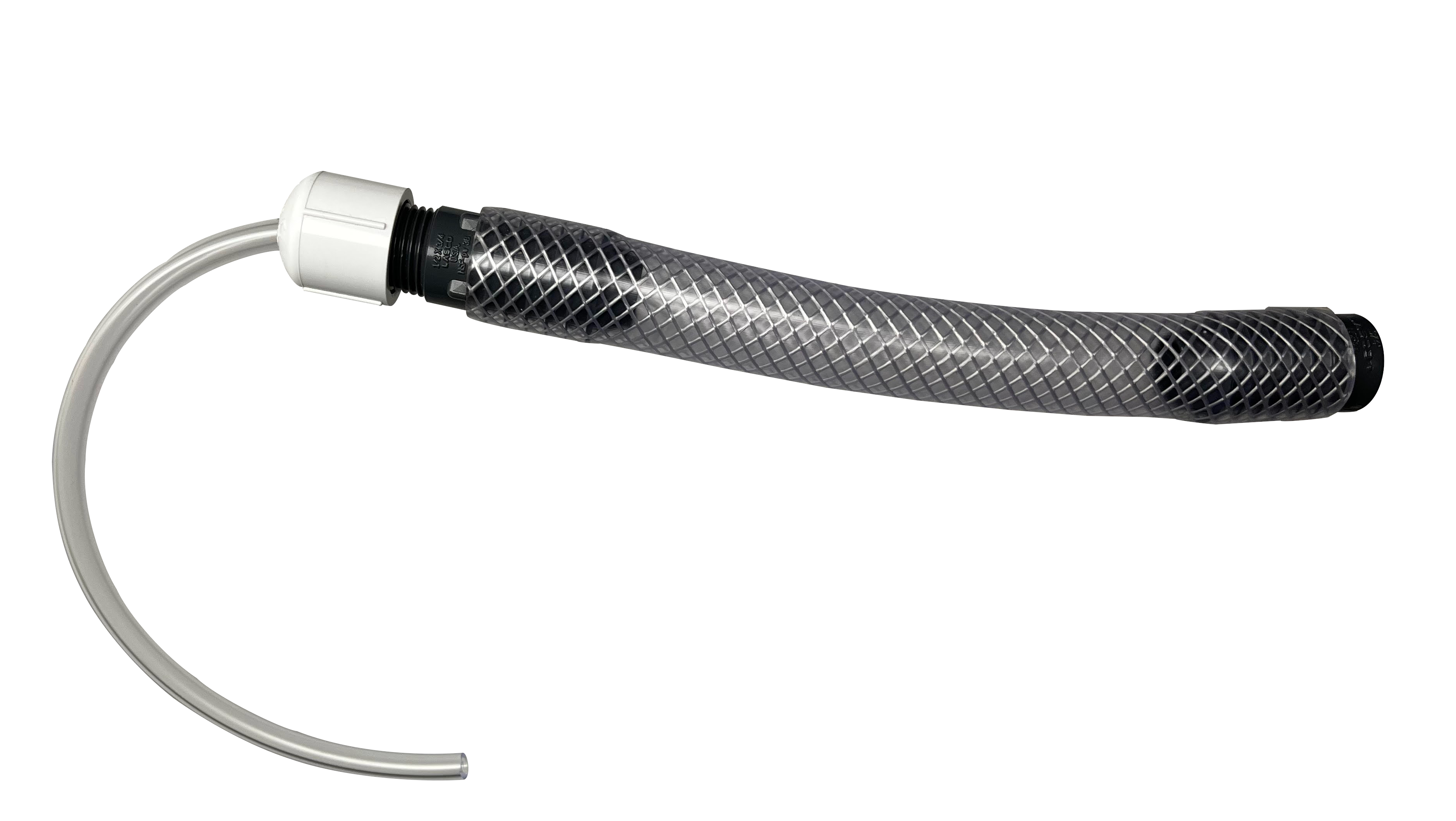X
-Yes it replaces both radiators.Ready to order one from you.
Does the coolant bottle replace a radiator? Can you keep radiators instead of coolant bottle?
Does the system work with heated bars and C3 thermostat.?
What is the typical amount of coolant hose needed to finish the install?
-works with heated bars and thermostat. Thermostat is pretty much a requirement on a snow bike.
- about 30 to 40 inches of 5/8 heater hose. (that is just a guess I will measure today and update with the exact number).



